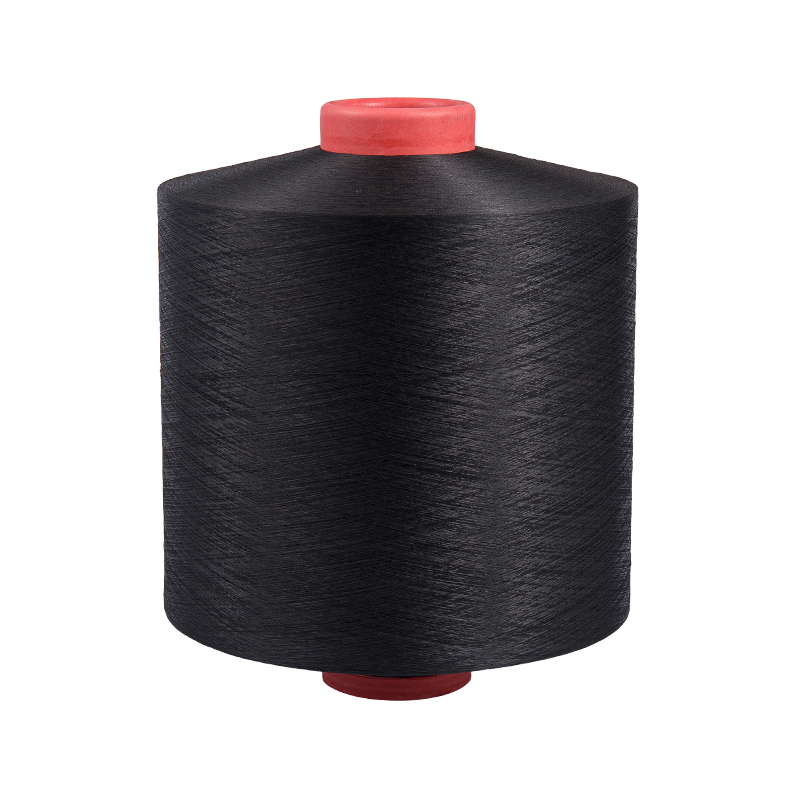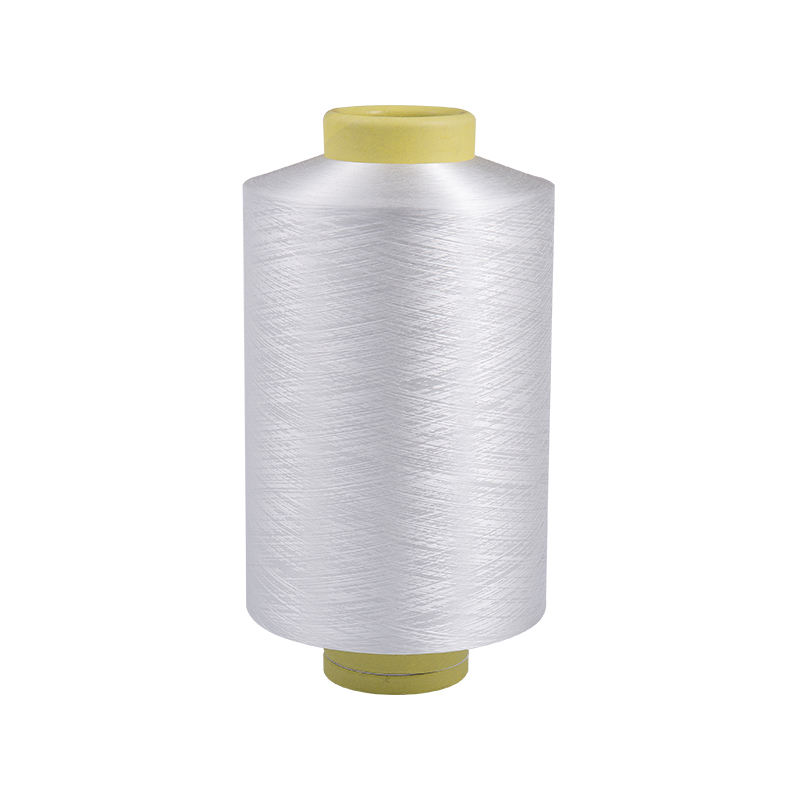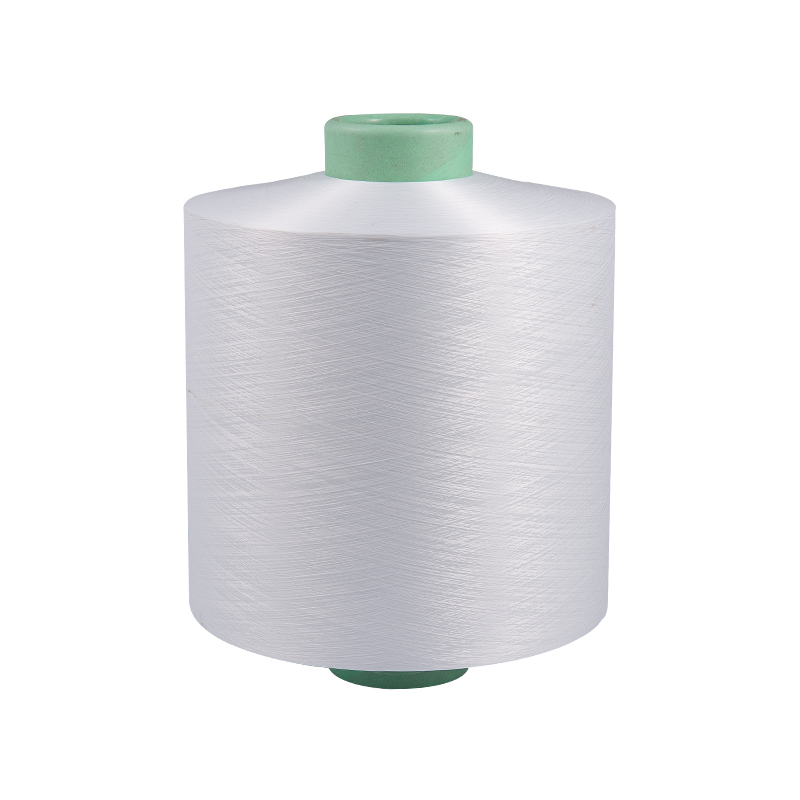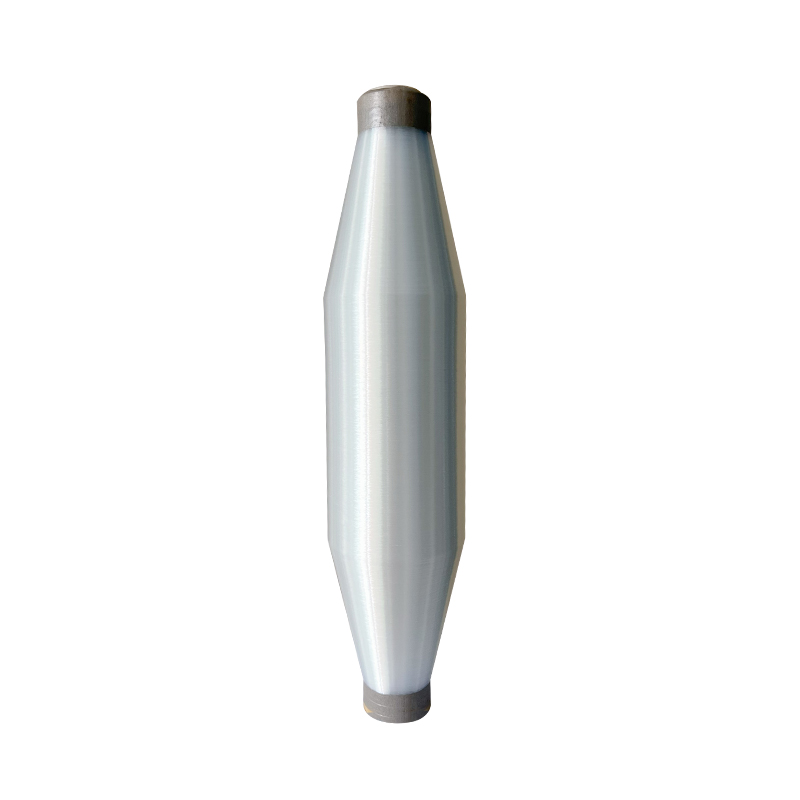How Does Colored Polyester DTY Yarn Perform in High Humidity Environments?
2025-04-17
In the intricate world of textiles, performance under pressure—particularly environmental pressure—is a definitive metric. For manufacturers, designers, and end-users alike, understanding how materials behave under variable conditions is not a luxury—it’s a necessity. When it comes to Colored Polyester DTY, one critical variable that cannot be overlooked is humidity.
Engineered Resilience: The Core of Polyester DTY
Polyester DTY yarn, a mainstay in both apparel and industrial textiles, is not a mere fiber—it is a carefully crafted product of molecular precision. This yarn is extruded, drawn, and textured to enhance bulkiness, stretch, and visual appeal. But beneath the surface-level benefits lies a robust resistance to the atmospheric extremes that would degrade lesser fibers.
High humidity environments test the structural integrity and aesthetic consistency of yarn. Some fibers swell, others lose strength or color integrity. Colored Polyester DTY, however, stands out for its tenacious stability.
Dimensional Stability in Damp Conditions
Where natural fibers like cotton absorb moisture and suffer distortion, Polyester DTY exhibits dimensional fortitude. Its hydrophobic nature ensures minimal moisture absorption—typically less than 0.4%. This low absorption rate translates into better shape retention, consistent drape, and fewer issues with sagging or warping in finished goods.
Even in tropical climates or during the monsoon months, garments and fabrics made from Colored Polyester DTY hold their form. The yarn maintains a crisp, resilient texture—key for activewear, upholstery, and any application demanding long-term structural integrity.
Colorfastness That Defies the Elements
Humidity often wreaks havoc on color consistency, particularly in dyed yarns. The presence of water vapor can accelerate dye migration or fading. But not with Colored Polyester DTY. Thanks to high-temperature dyeing processes and robust dispersion dyes, the color penetration is deep and locked in.
The result? Colors that resist bleeding, fading, or dulling—even under persistent humidity exposure. The vibrancy endures, making DTY an excellent candidate for fashion textiles, home furnishings, and automotive interiors where aesthetics are non-negotiable.

Thermal and Mechanical Properties: Unshaken
Another merit of Polyester DTY in humid conditions is its unwavering thermal and mechanical performance. While moisture-laden air can soften or weaken natural fibers, DTY remains inert. Tensile strength, elasticity, and friction resistance remain practically unchanged, preserving both the manufacturing process and the quality of the end product.
Whether it’s run through high-speed knitting machines or woven into precision industrial textiles, DTY’s performance is unaffected by ambient moisture. This consistency reduces production downtime, minimizes defects, and improves yield—a trifecta of efficiency.
Mold and Mildew? Not Here.
Fungi thrive in humid settings, and textiles are often easy targets. But Polyester DTY’s low moisture retention acts as a natural deterrent to microbial growth. It doesn't provide the damp, organic conditions fungi need to flourish.
For end-use applications—especially in bedding, curtains, or wall coverings—this resistance adds an essential hygienic advantage, reducing odors, discoloration, and health risks.
An Unflinching Performer
In high humidity environments, Colored Polyester DTY Yarn doesn't just hold up—it excels. Its structural integrity, color resilience, and microbial resistance make it an elite choice for demanding climates and critical applications. For textile producers seeking both performance and aesthetic longevity, DTY offers a remarkably dependable solution.




 English
English 中文简体
中文简体 Español
Español عربى
عربى












